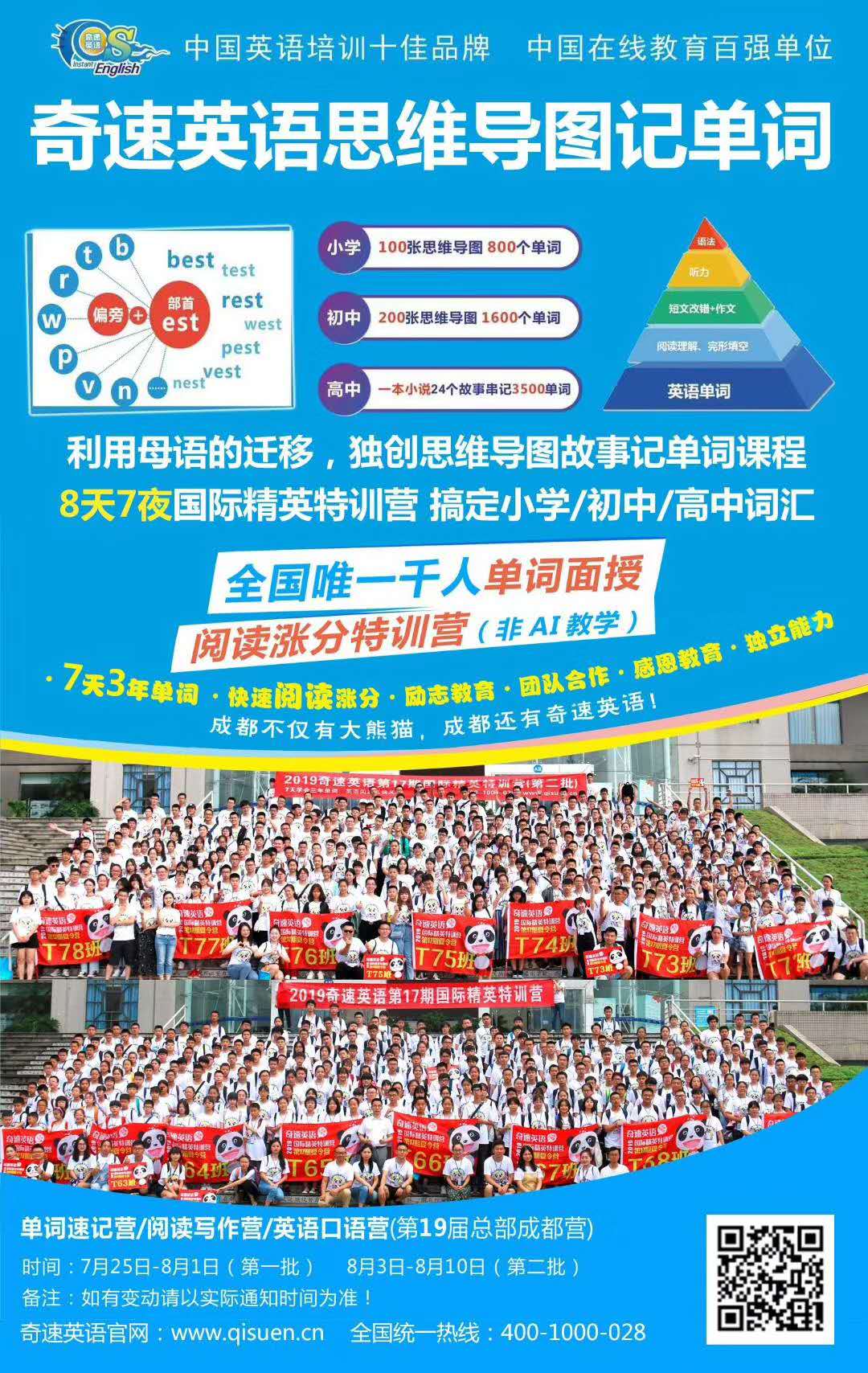今天小编为大家分享的是人教版课本必修2重点词汇、短语、句型和单元语法。
1. There is no doubt that… 毫无疑问…
was/were doing…when… 正在做某事…这时
was/were about to do… when…. 将要做某事…这时
had just done…when… 刚做完某事…这时
3. China is larger than any other country in the world. (同一范围内的比较)
She runs faster than any man in Greece. (不同范围内的比较)
The way___ he explained to us was quite simple. (that/which/省略)
The way ___ he explained the sentence to us was not difficult. (that/in which/省略)
be (well) worth doing sth (很)值得做某事
be worthy to be done = be worthy of being done
It’s worthwhile to do sth = it’s worthwhile doing sth
6. “疑问词+ to do” 结构,在句中做主语、宾语、表语
How to do it is a question.
I don’t know what to do next.
It has been proved that pride goes before a fall.
What he has said is of great importance.
What happened to him remained unknown.
非限定性定语从句的作用是对所修饰的成分作进一步说明(注:通常和主句间用逗号隔开,不受主句句子结构的影响,将从句拿掉后其他部分仍可成立)
限定性定语从句主句和从句之间不用逗号隔开,口语中使用时也不停顿;而非限定性定语从句与主句之间通常有逗号隔开,口语中使用时有停顿。
限定性定语从句用于对先行词的意义进行修饰、限制和识别,如果去掉,就会造成句意不完整或概念不清;而非限定性定语从句用于对先行词起补充说明作用,如果省略,句意仍然清楚、完整。如:
People who take physical exercise live longer. 进行体育锻炼的人活得长些。(若把从句去掉句子就失去意义)
His daughter, who is in Boston now, is coming home next week. 他女儿现在在波士顿,下星期回来。(若把从句去句子意义仍然完整)
在翻译定语从句时,一般把限定性定语从句翻译在它所修饰的先行词之前,而把非限定性定语从句与主句分开。如:
He is the man whose car was stolen. 他就是汽车被窃的那个人。
I’ve invited Jim, who lives in the next flat. 我邀请了吉姆,他就住在隔壁。
I have a sister who is a doctor. 我有一个医生的姐姐。(姐姐不止一个)
I have a sister, who is a doctor. 我有一个姐姐,她是当医生的。(只有一个姐姐)
限定性定语从句的先行词只能是名词或代词,而非限定性定语从句的先行词则可以是名词或代词,也可以是短语或句子;另外,当先行词为专有名词或其他具有独一无二性的普通名词时,通常要用非限制性定语从句,而不用限制性定语从句。如:
Peter drove too fast, which was dangerous. 彼得开车很快,这是很危险的。(which指drive too fast)
He changed his mind, which made me very angry. 他改变了主意,这使我很生气。(which指整个主句)
关系词that和why可用于限制性定语从句中,通常不用于非限制性定语从句;另外,在限制性定语从句中,关系词有时可以省略(参见本章有关内容),而在非限制性定语从句中关系词一律不省略。
11. one after another 一个接一个地
deserve to do sth 应该做/值得做
deserve doing = deserve to be done 值得… (doing 表被动意义)
Your suggestion deserves to be considered = deserves considering.
( 用法相似的动词:need/want/require doing= need/want/require to be done 需要….)
14. take part in : 参加有组织的、重大的活动
join: 参加团体,党派和组织,成为其中的一员(join the army; join the party)
attend: 出席,参加,后跟 meeting,wedding,class, course等
1. nor/neither + 助动词/be/情态动词 + 主语:表示“…也不这样”
I have never been abroad, and neither/nor has he.
If you don’t go to the party, nor will I.
2. So+情态动词/助动词/be动词+主语 :表示“...也是的一样的”, 强调后者同前者肯定情况一样。
3. So+主语+情态动词/助动词/be动词:表示 “的确如此”,对前面情况的肯定。
4. not only…but (also)… 不但...而且...
Women are not only allowed, but play a very important role in gymnastics.
(1) 引导并列结构:引导主语时,谓语动词 就近原则。
(2) 引导并列句时,not only句倒装,即前倒后不倒。
Not only did they take photos, but also they had a bid dinner.
一. 概念:主动语态表示主语是动作的执行者,被动语态表示主语是动作的承受者。
1. 一般现在时的被动语态 am/is/are + done
2. 一般过去时的被动语态 was/were + done
3. 一般将来时的被动语态 ⑴will be done is/am/are going to be done
4. 现在进行时的被动语态 is/am/are + being + done
表示说话人说话时或现阶段正在进行的动作,经常和时间副词now (现在), right now (现在, 此刻), at present (现在,目前), at this moment (此刻)连用。
5.现在完成时的被动 have/has been done
现在完成时常与already, always, often, ever, never, yet, not...yet, just等不表示明确的时间副词连用, 还可以和表示时间一直延续到目前的带(ever )since, for的状语及包括现在在内的词连用。如: now, today, this month, this year, recently, these days,many times, so far, by now, in the past/last few days/years… 等。6. 过去完成时的被动 had been done
7. 过去将来时的被动 would be done
8. 过去进行时的被动 was/were being done
9. 带情态动词的被动语态 情态动词 + be done
e.g. It is an honor for me to be asked to speak here.
happen, take place, break out, belong to, cost, last等不及物动词或词组无被动语态。
2. 短语动词、固定搭配变被动语态介词或副词不能省。
E.g. Time should be made full use of.
E.g. Mother will buy me an iphone5. → I will be bought an iphone5 (by my mother) .
→ An iphone5 will be bought for me (by my mother) .
13. with the help of 在…...的帮助下
17. rise/arise/arouse/raise的区别
|
单词
|
词性及意义
|
过去式
|
过去分词
|
现在分词
|
|
arise
|
(vi. )出现,发生
|
arose
|
arisen
|
arising
|
|
arouse
|
(vt. )唤醒,激起
|
aroused
|
aroused
|
arousing
|
|
rise
|
(vi. )升起,上升
|
rose
|
risen
|
rising
|
|
raise
|
(vt. )举起,饲养
|
raised
|
raised
|
raising
|
sb. be sure/certain of…= sb. be sure/certain that从句:某人确信…
be sure/certain to do sth. 肯定会做…
例如:It’s certain that he will succeed.=He’s sure/certain to succeed.他肯定会成功的。
I’m sure/certain of his success.= I’m sure/certain that he will succeed. 我确信他会成功的。
2. 主语+ be + adj + to do The question is easy to answer.
在when, while, if, unless, though, once等引导的状语从句中,如果从句的主语和主句的主语一致, 且从句中的谓语含有be动词时, 为了使句子简洁, 可省略从句中的主语和be动词。
While playing in the snow, the two pandas had great fun.
Unless invited, he has decided not to attend that activity.
Unit4 Wildlife protection
6. burst into laughter 突然笑起来
16. come into being 形成,产生
1. succeed in doing sth 成功的做某事
2. under construction/discussion 正在被建设/讨论
3. do harm to sth = be harmful to sth 对…有害
there is no harm in doing sth 做某事无害
4. be used to do sth 被用来做…
be used to doing sth 习惯于做某事
5. It won’t be long before… 过不了多久…就会…
6. take measures to do sth 采取措施做某事
7. with的复合结构:with + n/pron + adj/adv/ 介词短语/现在分词/过去分词/不定式
With a lot of problems to settle, she can’t go out. (将来)
With time going by, he is getting along well with his English. (主动,进行)
With the work done, he can go out. (被动,完成)
11. be/get familiar with 熟悉
2. to be honest= honestly speaking = to tell the truth 说实话
3. form the habit of... 形成…习惯
4. I would appreciate it if… 如果…我将不胜感激.
go wrong 出故障 come up with 提出 make up 构成;编造 a5. as is often the case 情况通常如此
6. It looks as if it is going to rain.(真实语气:很有可能发生)
He treats me as if I were a stranger. (虚拟语气:与现在事实He talked about Rome as if he had been there before. (虚拟语气:与过去事实相反)
关系代词在定语从句中作介词后面的宾语时,有时可把介词提到关系代词的前面,但这时如果先行词是人,要用“介词+whom”引导定语从句;如果先行词是物,要用“介词+which”引导定语从句。且关系代词都不能省略。
Eg: 1. The girl whom I borrowed the bike from is my friend.
2. The girl from whom I borrowed the bike is my friend.
3. How is the film about which I often talked to you?
4. Is this the room in which Mr. Smith lives?
注意:一些固定的含有介词的短语动词在定语从句中不能拆开,即不能把介词放关系词前。
1. This is the bag which he is looking for .
2. The old lady whom she is looking after is her teacher.


长按识别二维码 咨询夏令营详情
本文整理于网络 版权归原作者所有
如有侵权请联系删除
































